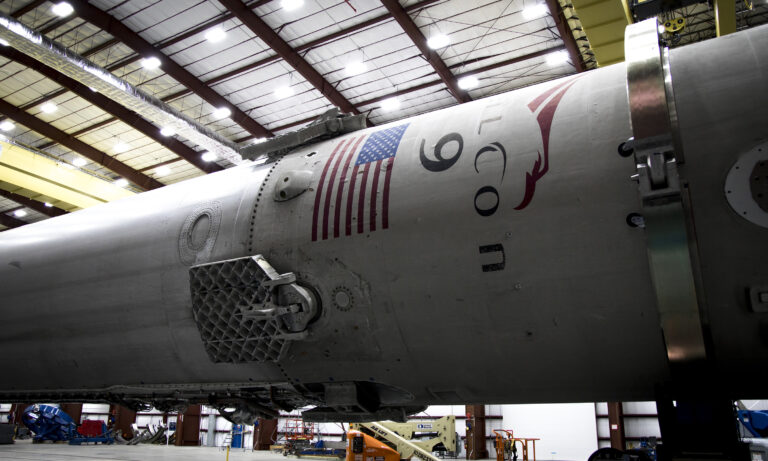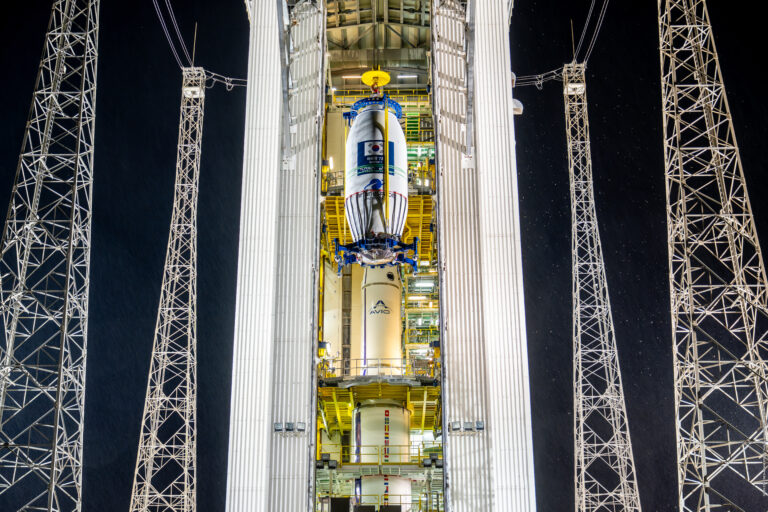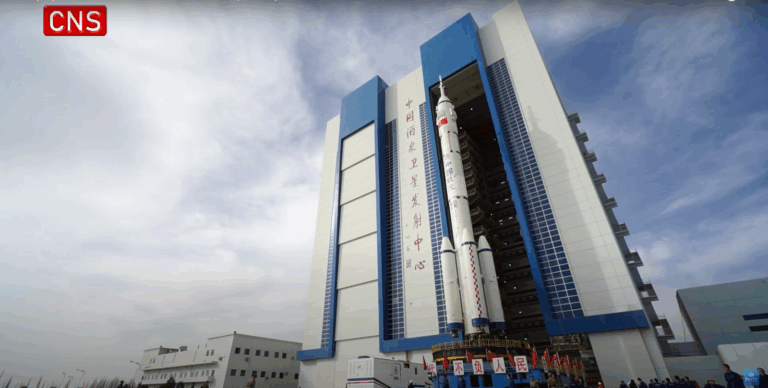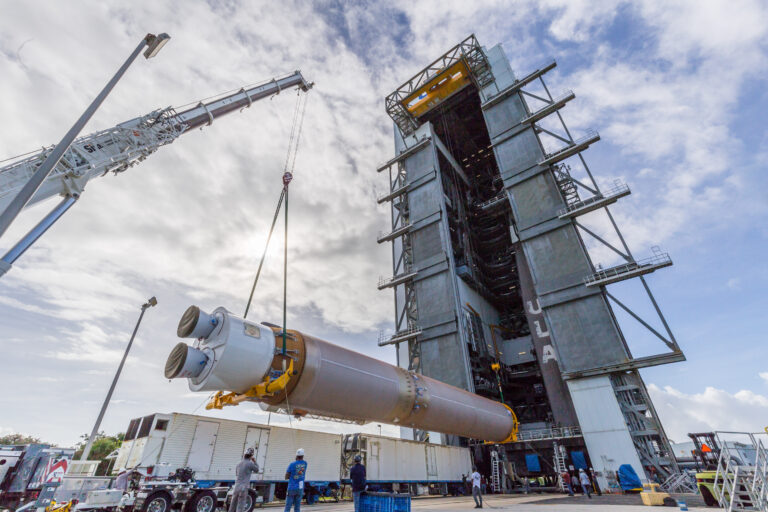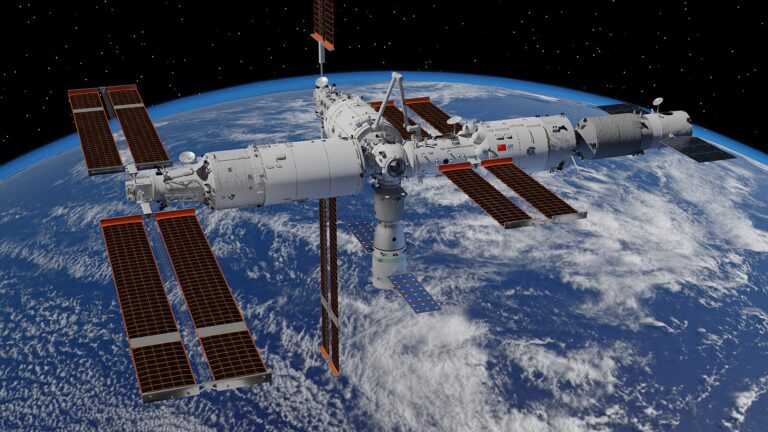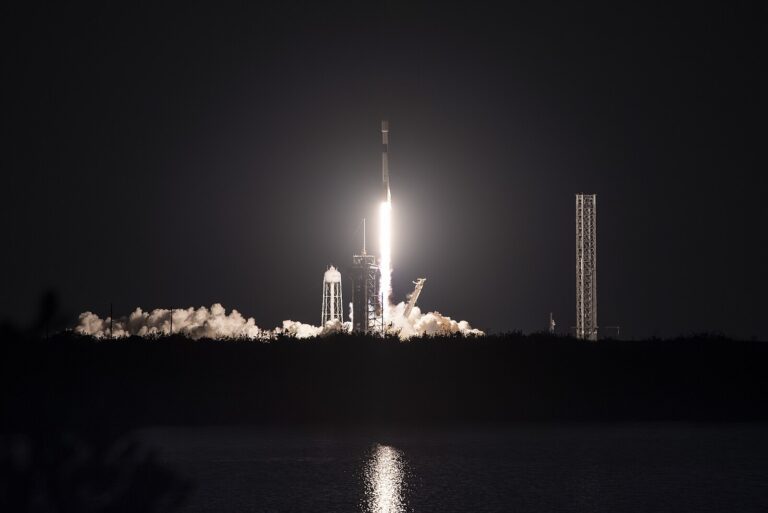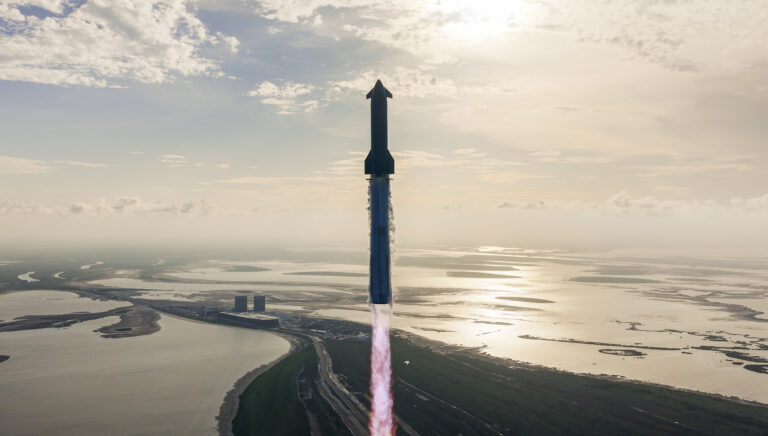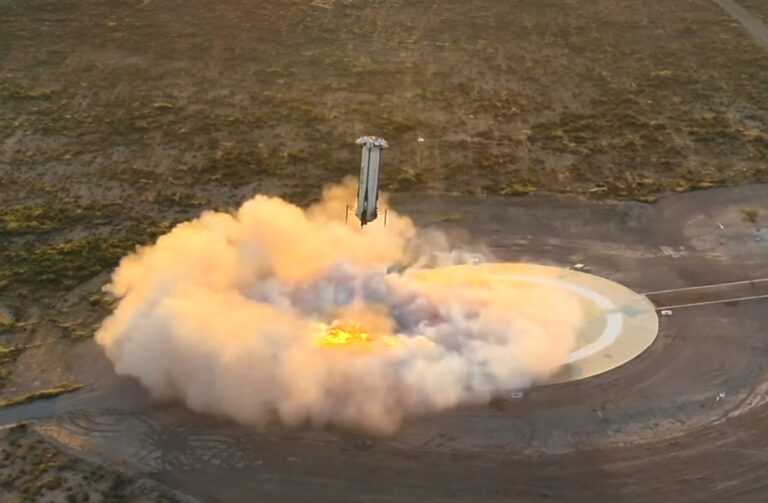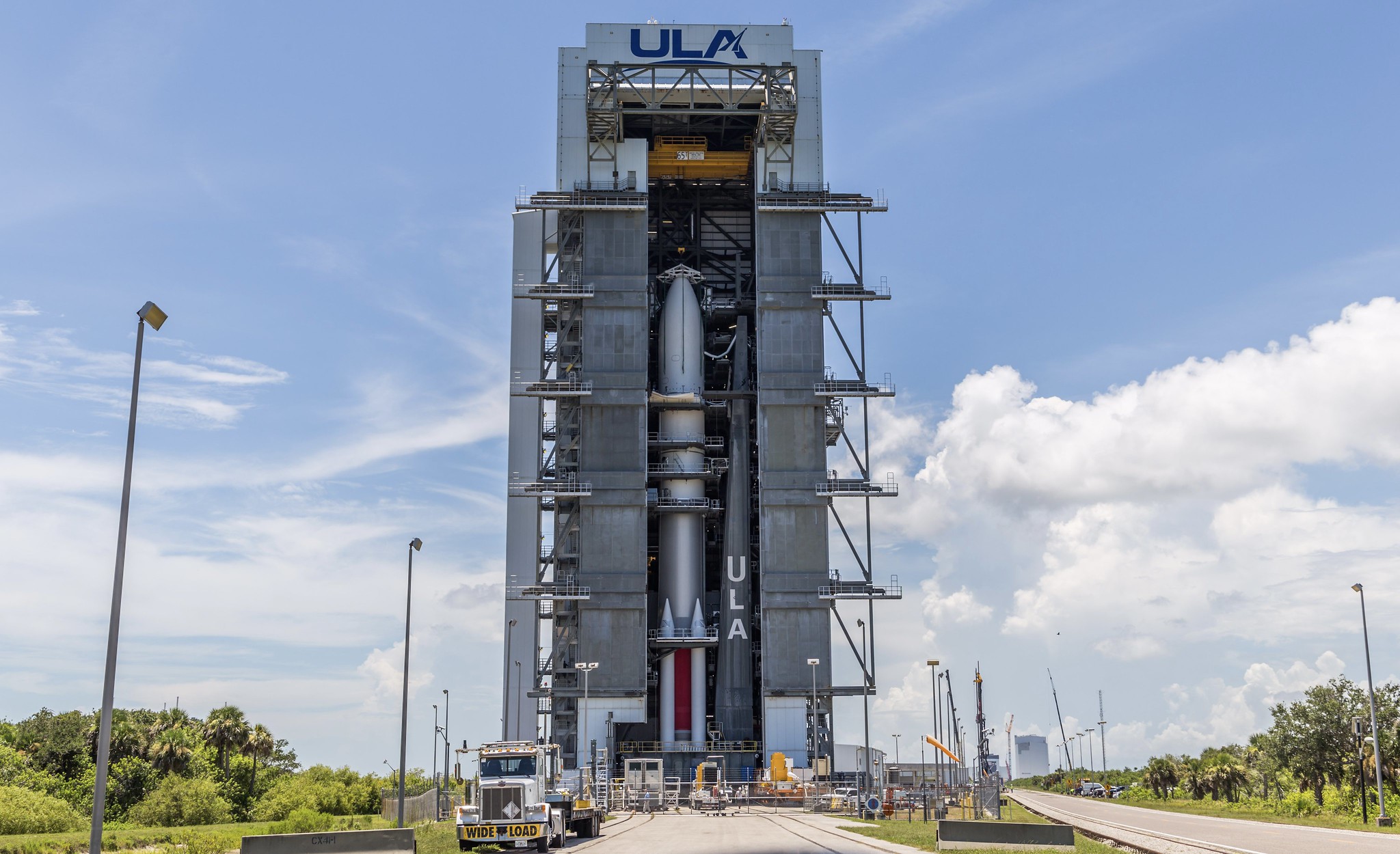
Key Takeaways:
- The USSF-106 mission, launching August 10th aboard a United Launch Alliance Vulcan VC4S rocket, marks the first U.S. national security launch on this vehicle and the first experimental Department of Defense navigation satellite in nearly 50 years (NTS-3).
- NTS-3 is designed to enhance GPS resilience against modern threats like jamming and spoofing, improving the reliability of critical infrastructure dependent on GPS technology through software-based adaptability.
- The mission builds upon the legacy of the NTS-1 and NTS-2 satellites launched in the 1970s, furthering the development of American GPS technology.
- The article also details a busy week of various other space launches from multiple countries, including SpaceX, Blue Origin, ISRO, and Chinese launch providers.
Editor’s Note: This article was published with the launch schedule available at the time. The United Launch Alliance Vulcan mission (USSF-106), reported here as targeting Sunday, August 10, has since been officially rescheduled by ULA. The new target launch date is Tuesday, August 12.
Mission highlight: USSF-106 prepares for flight
On Sunday, August 10, at 8:07 p.m. EDT, a United Launch Alliance Vulcan VC4S rocket will lift off from Cape Canaveral’s SLC-41 carrying the USSF-106 mission for the U.S. Space Force. The flight is doubly historic: it marks the first U.S. national security launch aboard a Vulcan rocket, and its primary payload, the Navigation Technology Satellite-3 (NTS-3), is the Department of Defense’s first experimental navigation satellite in nearly 50 years.
Almost all of America’s critical infrastructure depends on GPS. Managed by the Air Force Research Laboratory, NTS-3 is designed to protect GPS technology from 21st-century threats such as jamming — overwhelming communications with noise — and spoofing — tricking GPS with fake signals. If disrupted, planes can be misrouted, power grids can fall out of sync, and financial transactions can fail. By adapting to threats quickly with software updates instead of requiring new hardware, NTS-3 represents a big step forward for American GPS technology.
The mission directly builds on the legacy of NTS-1 and NTS-2, which launched in the 1970s and paved the way for the creation of the modern GPS constellation.
Last week’s recap
A diverse set of nine rockets launched from four countries last week. The week began on Tuesday with the successful launch of iSpace’s Hyperbola 1 Kunpeng 3 mission from China and the inaugural TestFlight1 of Gilmour Space’s Eris rocket from Australia. A busy Wednesday saw three more launches from China and India: a Long March 8A lofted SatNet satellites, ISRO’s GSLV Mk II successfully deployed the joint NASA-ISRO NISAR climate satellite, and an ExPace Kuaizhou 1A launched the PRSC-S1 mission. SpaceX conducted two launches, deploying a Starlink batch from Florida on Tuesday and another from California on Thursday. The week’s biggest highlight was the successful launch of SpaceX Crew-11 on Friday, sending four astronauts on their way to the International Space Station, before Blue Origin closed out the week with the suborbital New Shepard NS-34 flight from Texas on Sunday morning.
Other missions this week
The week began with a pair of early Monday morning launches: a SpaceX Falcon 9 launched the Starlink Group 10−30 batch from Cape Canaveral’s SLC-40 at 3:57 a.m. EDT, followed by China’s Long March 12 carrying the SatNet LEO Group 07 from Wenchang at 6:21 a.m. EDT.
On Monday night at 11:45 p.m. EDT, Rocket Lab’s Electron rocket is set to launch “The Harvest Goddess Thrives” mission from its launch site on the Māhia Peninsula in New Zealand.
On Thursday, August 7, at 10:01 a.m. EDT, a SpaceX Falcon 9 will launch the Project Kuiper (KF-02) mission for Amazon from SLC-40 at Cape Canaveral. The booster will land on the droneship A Shortfall of Gravitas.
SpaceX is scheduled for two more Starlink missions over the weekend. The first, Starlink Group 17−4, will launch from Vandenberg’s SLC-4E on Saturday, August 9, at 10:05 p.m. EDT. The second, Starlink Group 10−20, will launch from Cape Canaveral’s SLC-40 on Sunday, August 10, at 8:16 a.m. EDT.
Looking ahead
Next week is set to feature the launch of Europe’s Ariane 62 with the METOP-SG A1 weather satellite on Tuesday, followed by a pair of SpaceX Starlink missions on Wednesday from both Florida and California.

